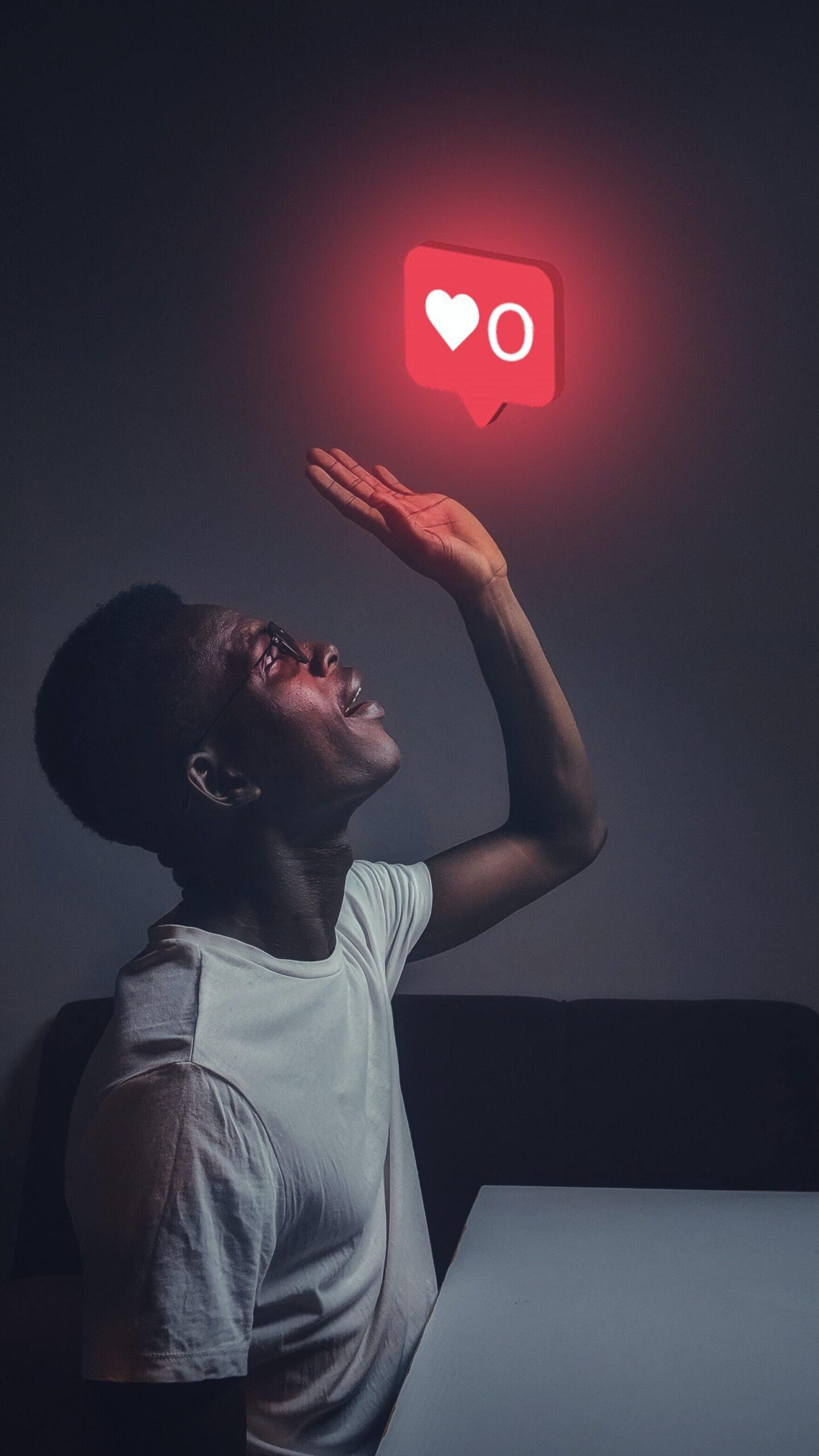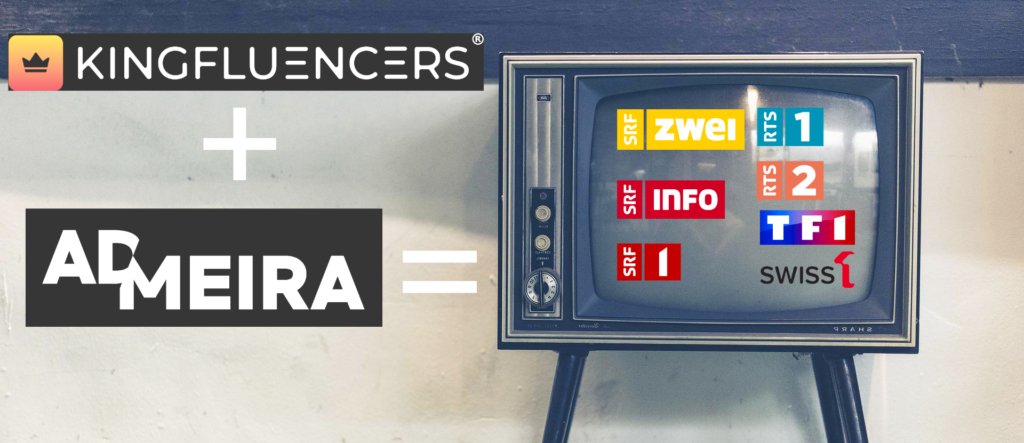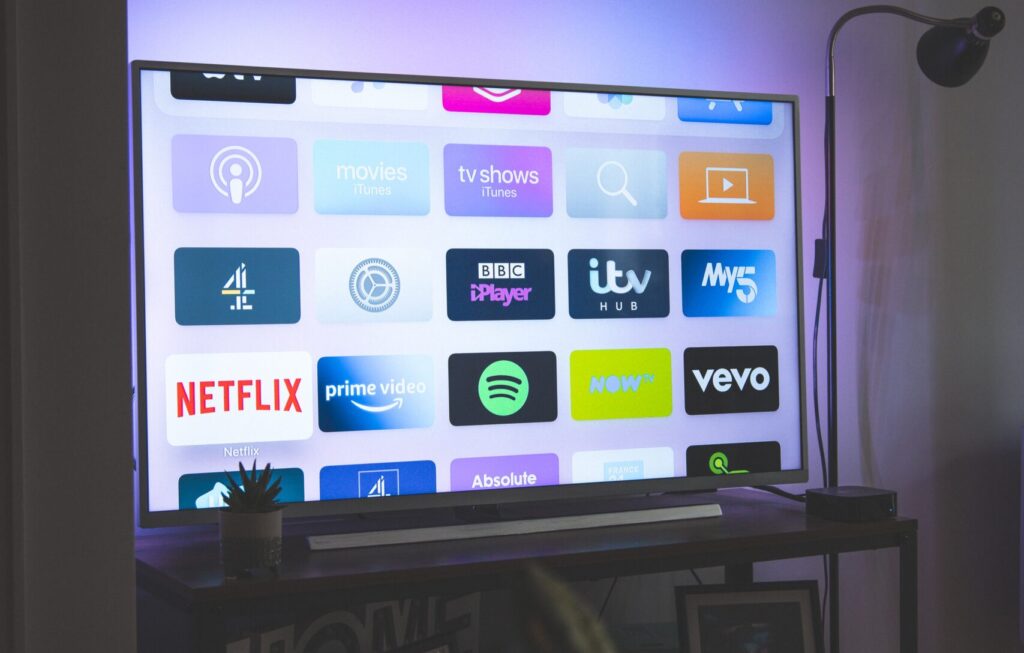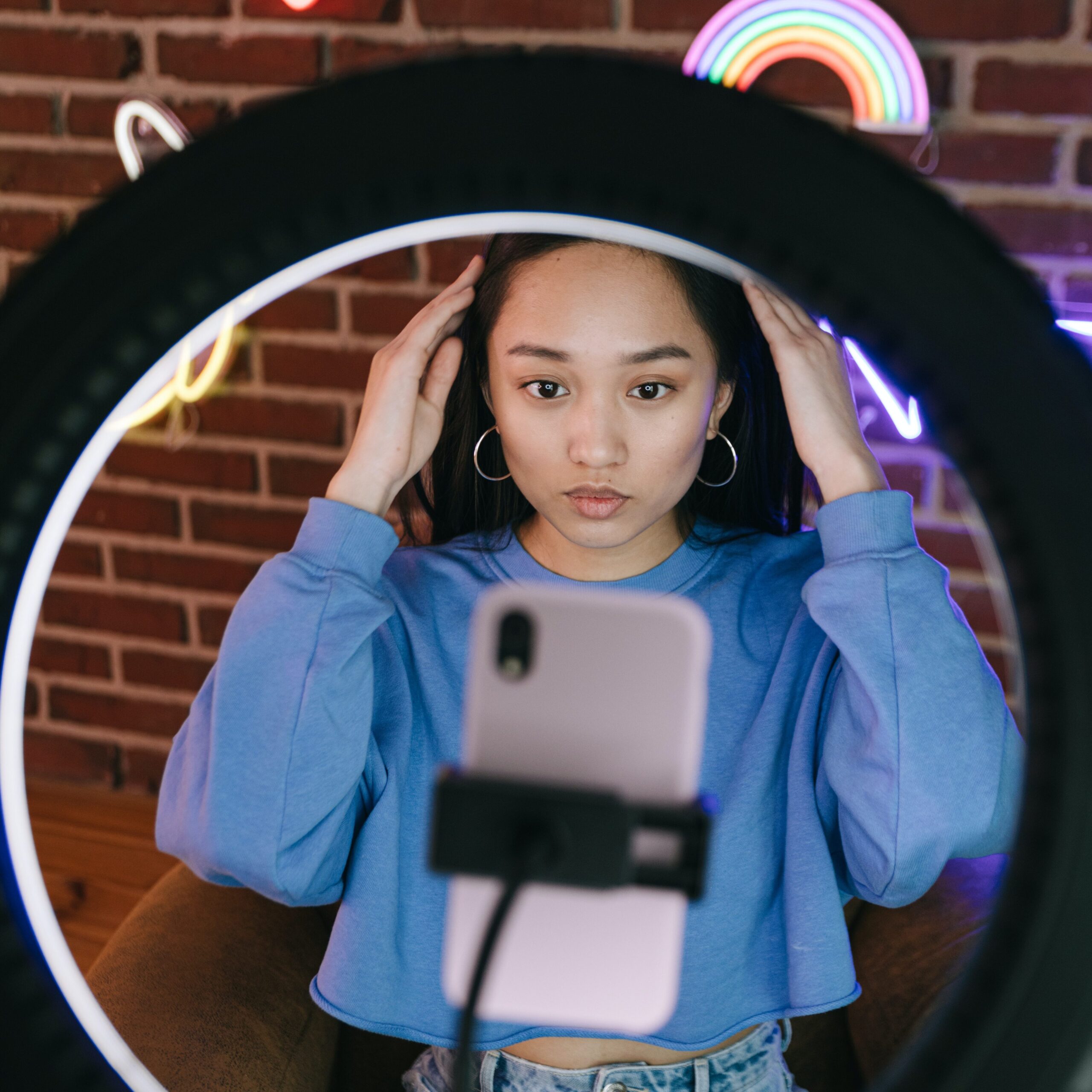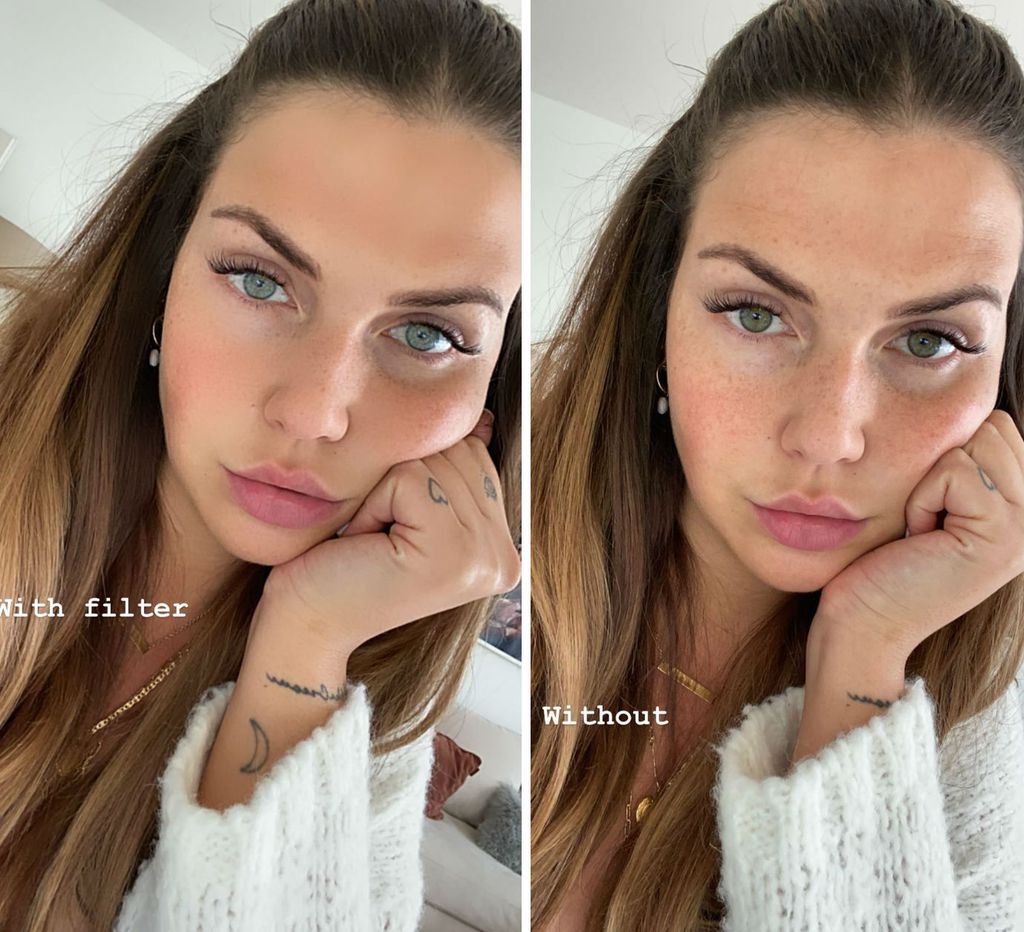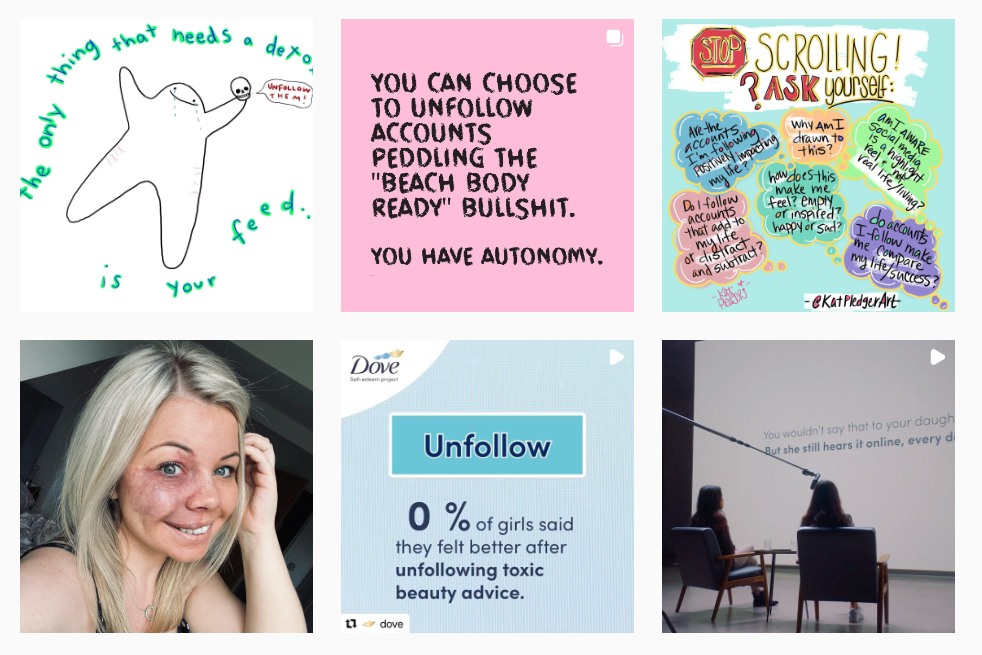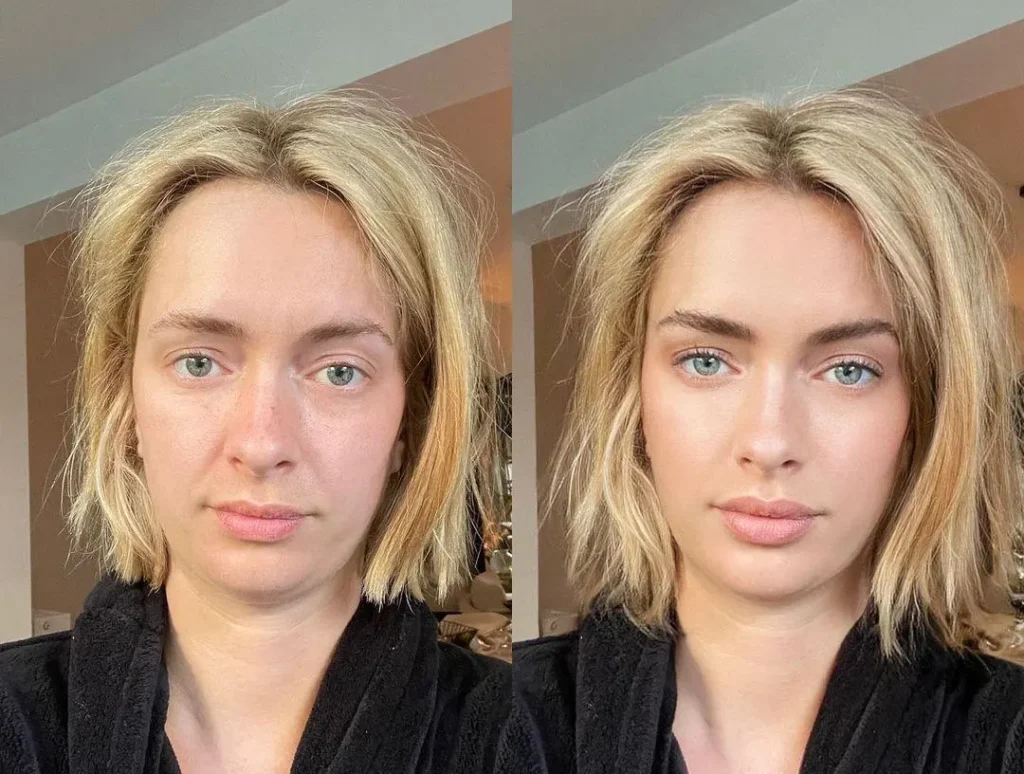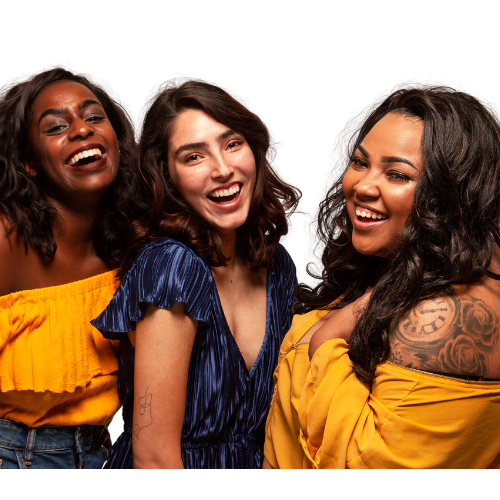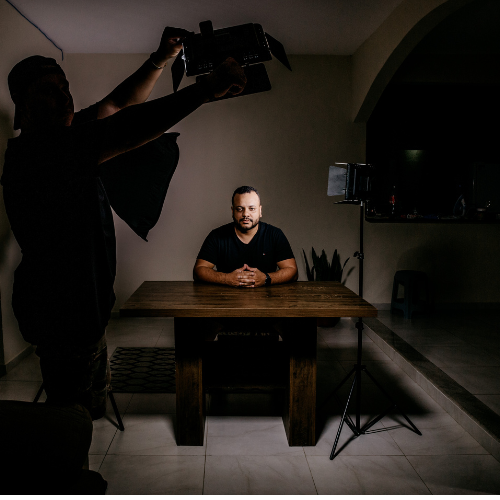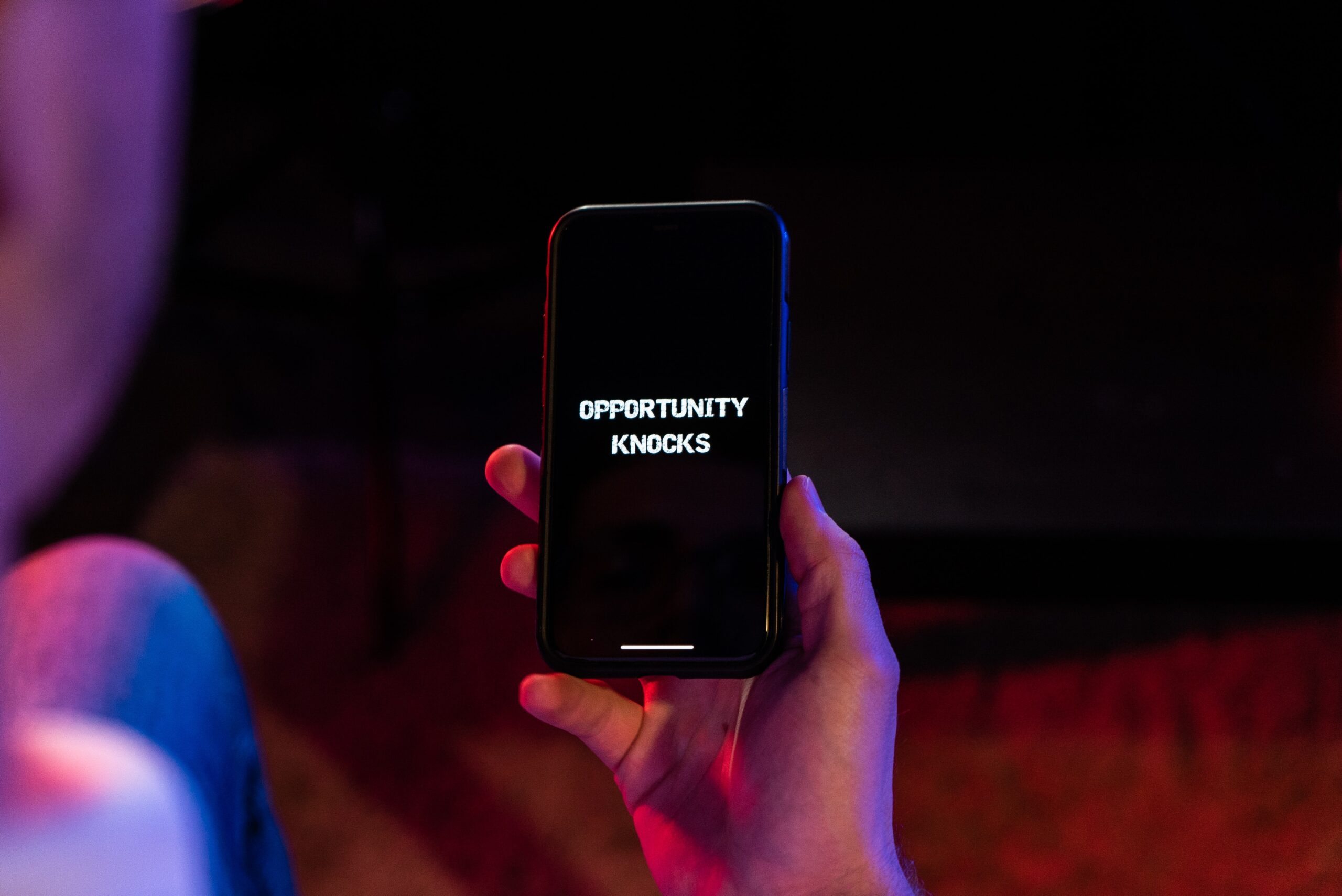You’re consistently posting great content on your brand’s social media account. Your follower count is growing. People clearly like what they’re seeing from you. They’re responding positively to what you have to offer.
Now what do you do with that attention? Do you just let the hype evaporate – like it usually does on social media? Obviously you want to avoid that at all costs. You’ve spent much time, energy and money crafting your social media posts. Don’t waste that effort.
What you need to do now is channel the momentum you’ve built up:
- Turn mere followers into a lively community of fans.
- Manage that community. Use the right strategies to “keep the fire going”.
In our work at Kingfluencers, we’ve helped many brands bring their social media presence to life – building engaged communities through our social media community management services.
Below we’ll share our lessons from over six years of building social media communities: The exact strategies, processes and best practices you can implement to create the thriving community your brand deserves.
Let’s take a deep dive, shall we?

Effective community management: What it is and why you need it
Your community are those people who consume your content, your brand’s existing and prospective customers, and anyone who interacts with your business online in any way.
Managing the relationship of that audience and creating value for them – both with each other and with your brand – that’s what we call community management.
Social media marketing vs community management – the big difference
For most brands, most of their interactions with their community will take place on social media. So social media is where the community “exists” – and where your community management efforts will be directed.
What this doesn’t mean is that community management is the same as social media marketing:
ocial media marketing is building a strategy that works for the audience, creating your branded content, publishing it on a social media platform and learning from reported stats to optimize KPIs.
Community management is what you do right after posting and throughout your daily presence – talking to your audience, encouraging them to exchange ideas with each other, and having them participate on your social media. It’s about building connections and achieving brand love, as opposed to just sending out your brand message.
It’s a two- or three-way exchange of information (and emotion!) vs. a one-way-channel.
What a thriving social media community offers to your followers
People join your community not because you asked them to – but because they receive something from it. And it’s something valuable that we nowadays increasingly get from online vs. real world interactions – a sense of belonging:
It instills a feeling of belonging and we all want to be part of something.
And it’s likely among those who:
- have similar interests
- enjoy the same activities
- believe in the same values
- like the same products as we do
that we find our tribe.

Community management makes a brand that seems so far away totally approachable. In today’s world, this is a super important aspect to be successful in the social media game and to get closer to the consumers.
Your brand can tap into this natural process. If you do community management right, you can channel this instinct to “tribalize”:
You’ll be the connector between like-minded people. And your audience will be grateful for it as it builds authentic relationships between your audience and your team.
Not only will a well-managed community connect your followers with each other. They’ll also get to know, like and trust the members of your team – who they’re engaging with daily on your social media accounts.
This is why it’s vital to “keep it real” when managing your community. People don’t want to interact with someone who:
- isn’t in tune with their followers
- sees them only as a number and a dollar sign
- doesn’t “speak their language”
- sounds too corporate or robotic
Integrate (if possible) also faces and brand voices into your community management, as for example Edeka did, whereas an influencer took over the Tik-Tok account. Make your brand as close to people as possible, because people trust people and not brands.
Your followers want to feel like they’re talking to humans like them. To friends, even. And that’s when a tribe will start to form around your brand. Because people like to be part of something cool – but also something real.
Do you want to grow and manage your community and make your followers feel valued and included? Check out Kingfluencers’ social media community management services. We’re all about creating brand loyalty with real connections.
What benefits a community offers your business
Now let’s dive even deeper into how your engaged tribe of fans on social media is going to benefit your business.
Sure, they’re loving you for the way you’re managing your community – but how exactly does that affect key metrics? After all, we don’t want to be chasing vanity metrics: We want to measurably improve our bottom line.

Your community lowers your costs for customer support
Your community members’ first instinct if they have questions or problems is to ask the peers they know, like and trust. Not to call a hotline or fire up the customer support chat.
In that way, your engaged social media community greatly reduces your need for these positions. When your customers can solve their problems without needing the assistance of dedicated support personnel – that’s real savings on your end.
Active social media accounts drive new traffic at no extra marketing cost and boost revenue for free
Instead of paying a high cost to acquire each new customer, your community will by itself get your name out there, attract prospects, and create buyers.
This means you’ll grow your revenue without having to dip further into your marketing budget. Whether on its own or combined with traditional methods of customer acquisition – an engaged social media community around your brand can significantly grow your bottom line.
Brand advocates multiply your reach
Your brand’s social media is also where your “Superfans” hang out.
They’re in love with your products, care deeply about your brand, and are highly engaged in your community. These are the customers who will sing the highest praises about you and refer all their friends and family to your business. With a thriving community, you’ll help create more and more of these hyper-loyalists.
Each new Superfan is creating more ripples in the market, attracting new prospects and customers to your business.
Your community can give you ideas for business growth
Have you ever thought about crowdsourcing ideas for the following?
- New products, services, or features
- New markets to enter
- More efficient processes
- Creative marketing campaigns
Your community will give you all these ideas for free – without you having to pay for any consulting.
Whether it’s by brainstorming ideas directly or simply talking about their experiences (and possible issues) with your product or service, you’ll be able to glean much data to help you improve your offers or create new ones.
How to build a community around your brand in 7 steps
We’ve seen all the benefits you’ll gain from building a community on social media around your brand.
What if you’re just starting to build it? How do you actually go about it? A thriving community is not built overnight – you’ll need effort, dedication, expertise, and continuity to make it happen.
Let’s look at the necessary steps, one by one:
1. Listen & understand: Gain vital audience insights
Start by listening to the conversations your customers and social media followers are already having.
Also actively encourage them to share their thoughts and feedback. Your goal is to get a complete picture of who you’ll actually be targeting. Their background, their circumstances, lifestyle, tastes, problems and desires.
Only then can you come up with a strategic plan to create an online community perfectly matched with that target audience.
2. Be strategic
If you want to make your social media community a success, it is worthwhile if you’re strategic about it. Your effort needs to be applied to the right actions. You need a plan and guideposts on your way to creating a tribe around your brand.
Before you start, be mindful about several things that are crucial to the success of your community building efforts:
- Choose the right channels to build your community with
- Determine (and lay out) the types of content that make sense for you to share
- Set a posting frequency that keeps your audience neither bored nor overwhelmed, but perfectly engaged
- Be sure about the tone of voice you’ll be using when you address your community
- Create a complete content framework, planning out your themes and topics
Once you’ve created this strategy, you’ll be much better prepared to successfully build and manage your online community – in a focused way that’ll pay off for you.
Not just in the short run, but sustainably, for years to come.
3. Mind your branding & channel their passion
To really make an impact, your community needs to feel like a natural extension of your brand.
To achieve this, also apply your company branding to your social media activities. Your branding is how you stand out in the marketplace – and it will make your community members proudly stand out, too.
This comes down to how your content looks and sounds, but also how you refer to your followers and what they call each other. Ideally, your community members will share unique ways of expression, ways to view the world, and a special code of conduct.
A passion around your brand’s distinguishing features will be created, and people will be proud to be part of your in-group.
4. Rally around a social mission
It’s even better if your community’s passion can at the same time be used to rally behind a worthy or noble cause. They’ll feel a sense of purpose behind engaging with what you do – and they’ll stick together as a group even more.
Being “part of your brand” is now about more than great products and services, more even than connecting with like-minded people. It’s about enjoying all those, while making the world a better place at the same time.
Build a social media community right and you’ll be able to create something you, your members, and the world at large can feel good about.

5. Be real, approachable & create connections
In all your work to build up your community, never forget the key ingredient: Keeping it real.
It starts with:
- You choose to sound like one friend talking to another – instead of a company talking at its followers
- You regularly ask your community for feedback
- You actually act on their feedback: share your learnings and what you did to improve
- You foster two-way communication between you and your followers by hosting giveaways and quizzes
- You also have them suggest new content ideas, features, initiatives and events
- You let your followers co-create with you – by encouraging user-generated content on your social media or website
- You turn your community members into brand ambassadors by giving them access to referral programs / discount codes
- You help everyone develop new, positive relationships every day
By being approachable like this and focusing on keeping it real and creating connections, you’ll turn your online community into a special place that your followers will cherish.
Another powerful way to create a connection with your fans is to involve influencers (who they already like and trust) to strengthen that relationship. Many of our clients have successfully used that approach to build engaged communities around their brand.
6. Share stories
Make your community come to life: Share authentic stories with a good storytelling approach.
People want to be part of something exciting. Everyone loves to see stories unfold. And in an age where some of the content shared on social media holds up false appearances or is altogether fake, stories told in a real, down-to-earth way are refreshing. Real stories create a real bond between you and your community.
Think about what kinds of stories can have maximum impact: It’s revealing behind-the-scenes insights into your brand, telling your team members’ stories, showing your real and vulnerable side.
But also highlighting stories right out of your community. You’re giving your loyal followers a platform to share about themselves and their journey. It all ties back to your brand – you created this opportunity for them.
This is how you build a tight-knit online community that lasts.
7. Execute masterfully
You now know what a successful community should look like and what parts are important. You have your strategy to build it all mapped out. Now you need to put it all into action.
How do you make sure you’ll actually create this tribe of engaged followers, without the process of building it fizzling out at some point?
- Ensure a continuous content production flow
- Post new content often and interact with your community every day
- Always look for new ways to engage and grow
That’s how you create a thriving social media community in a nutshell.
You do need the drive and discipline to put in daily work to keep it going. This is why it might be a good idea to create the dedicated position of “community manager” in your business.
Either way, if you keep executing on your community-building plan, you can expect your efforts to increase customer loyalty – and ultimately, your bottom line.
Do you want our help turning your community into a thriving, engaged environment – priming your followers to become loyal customers and brand advocates? Then take advantage of Kingfluencers’ community management services.
Stay tuned for Part 2, where we’ll go into the nitty-gritty of what you’ll do to always keep the engagement inside your community at the highest level, and further differentiating between Facebook, Instagram and TikTok community managements.









